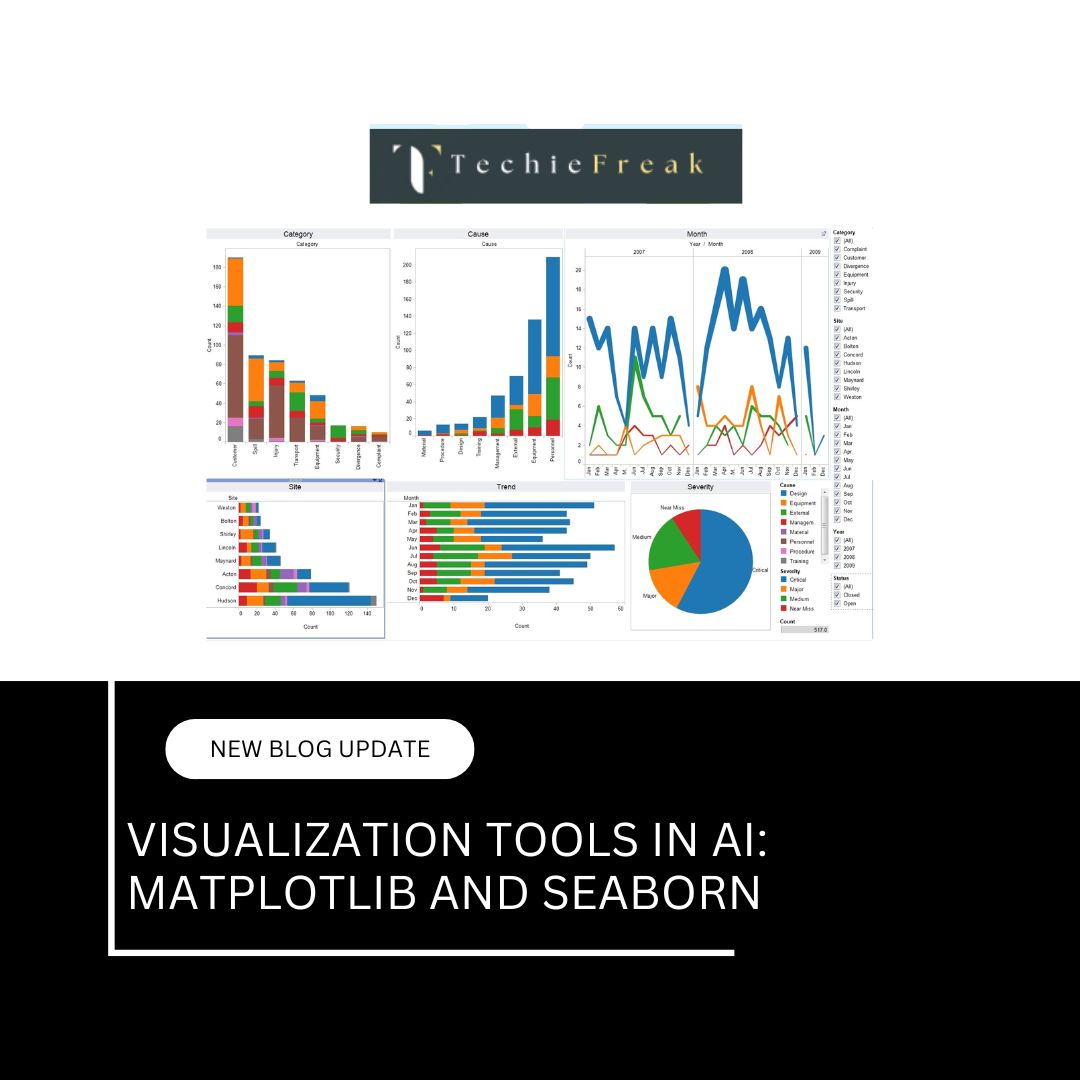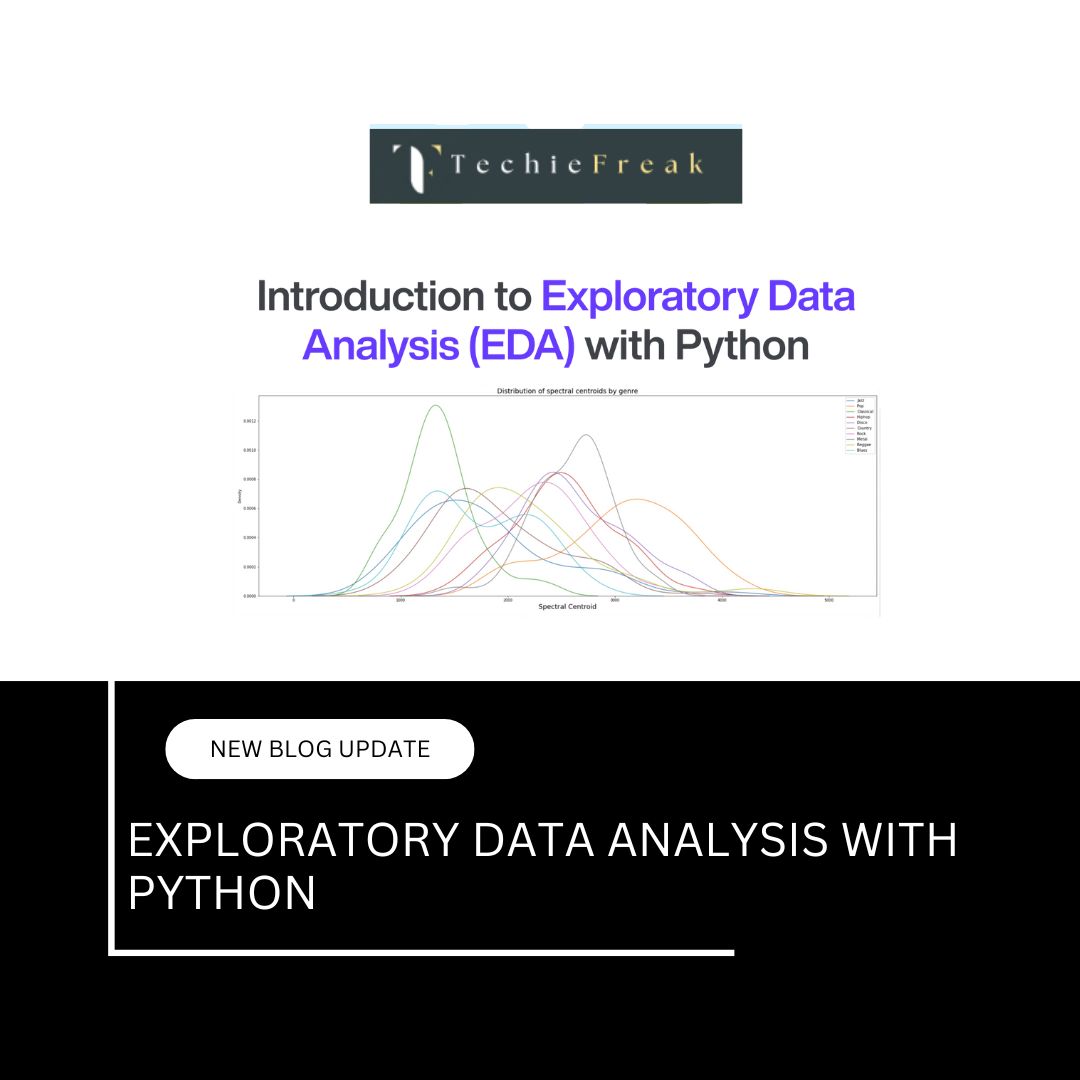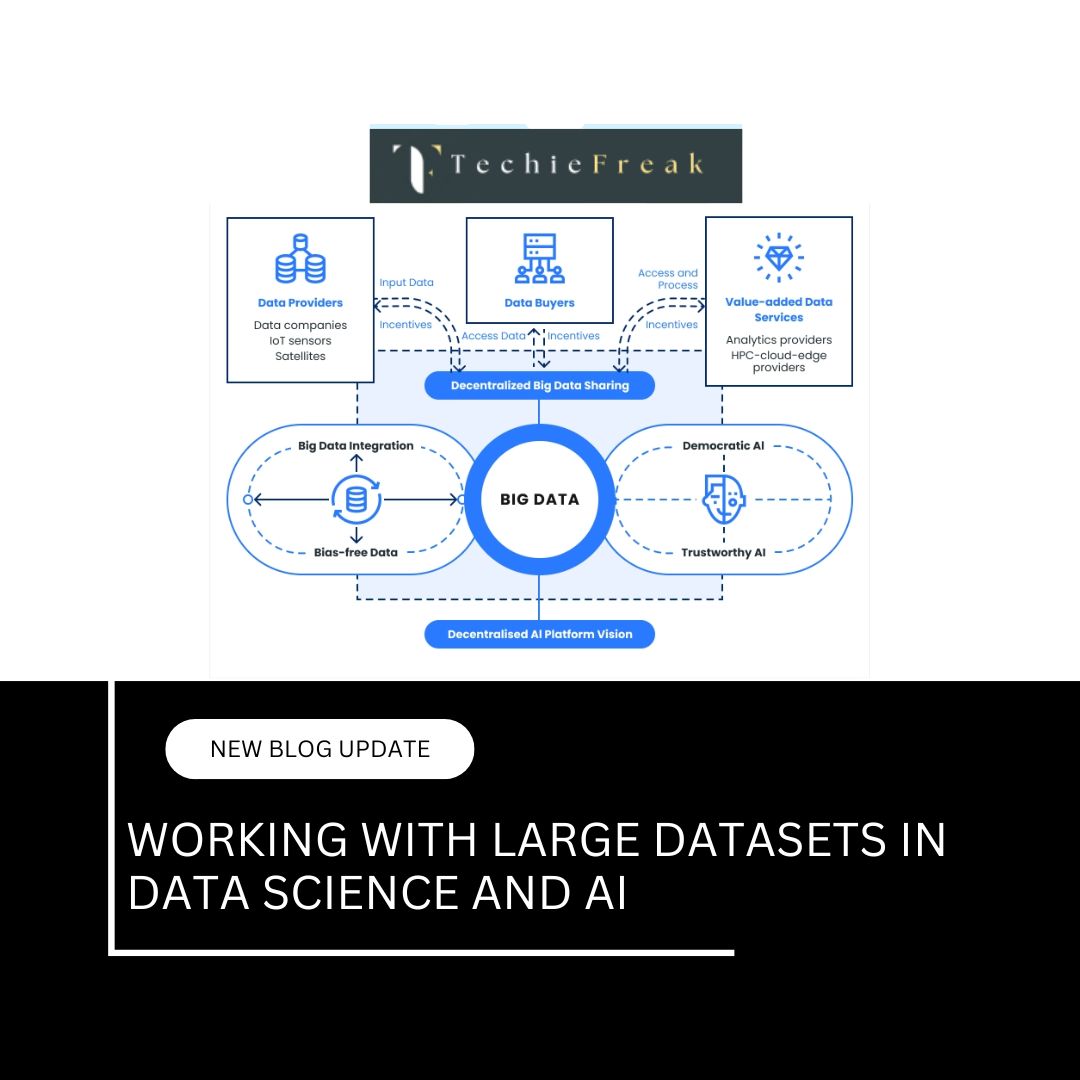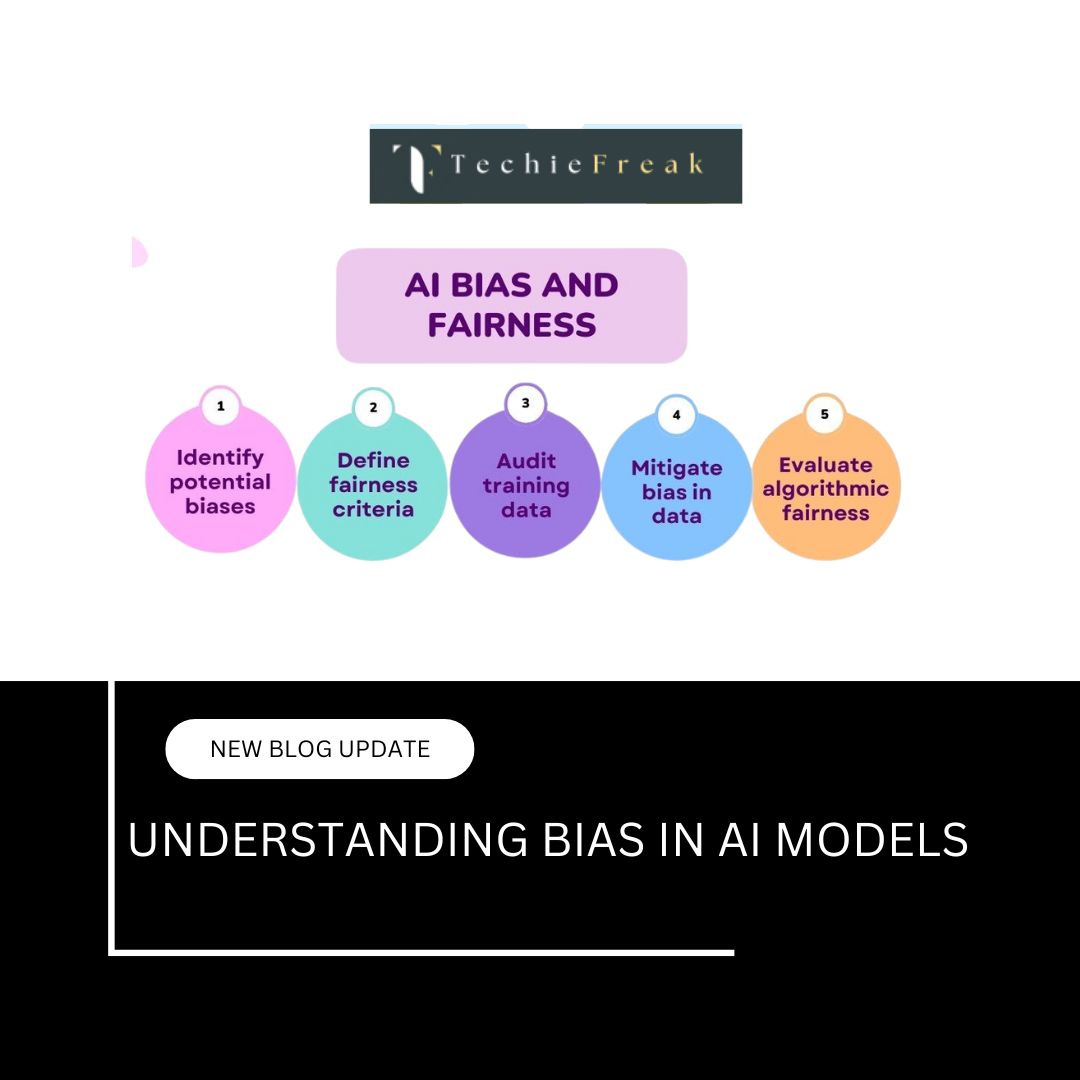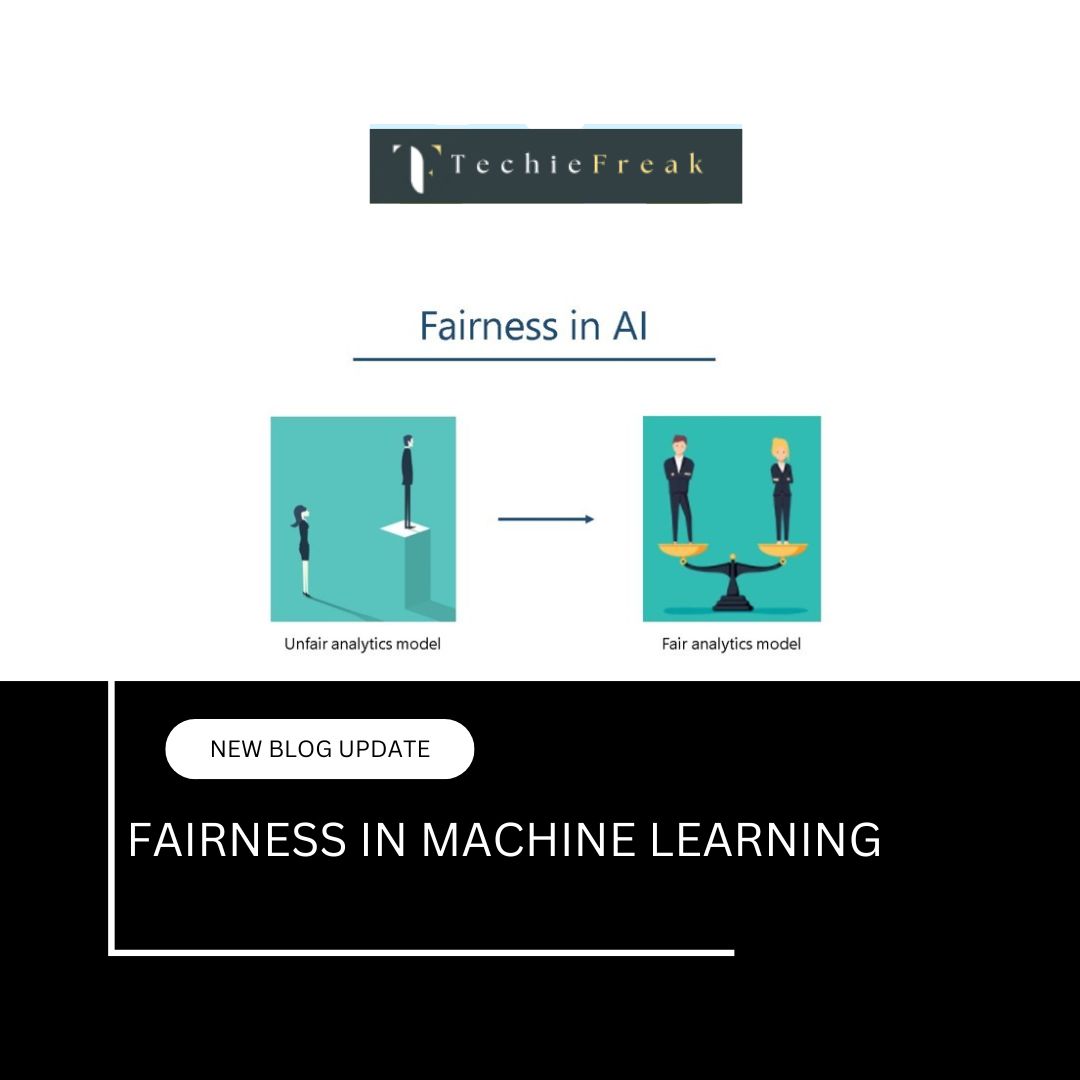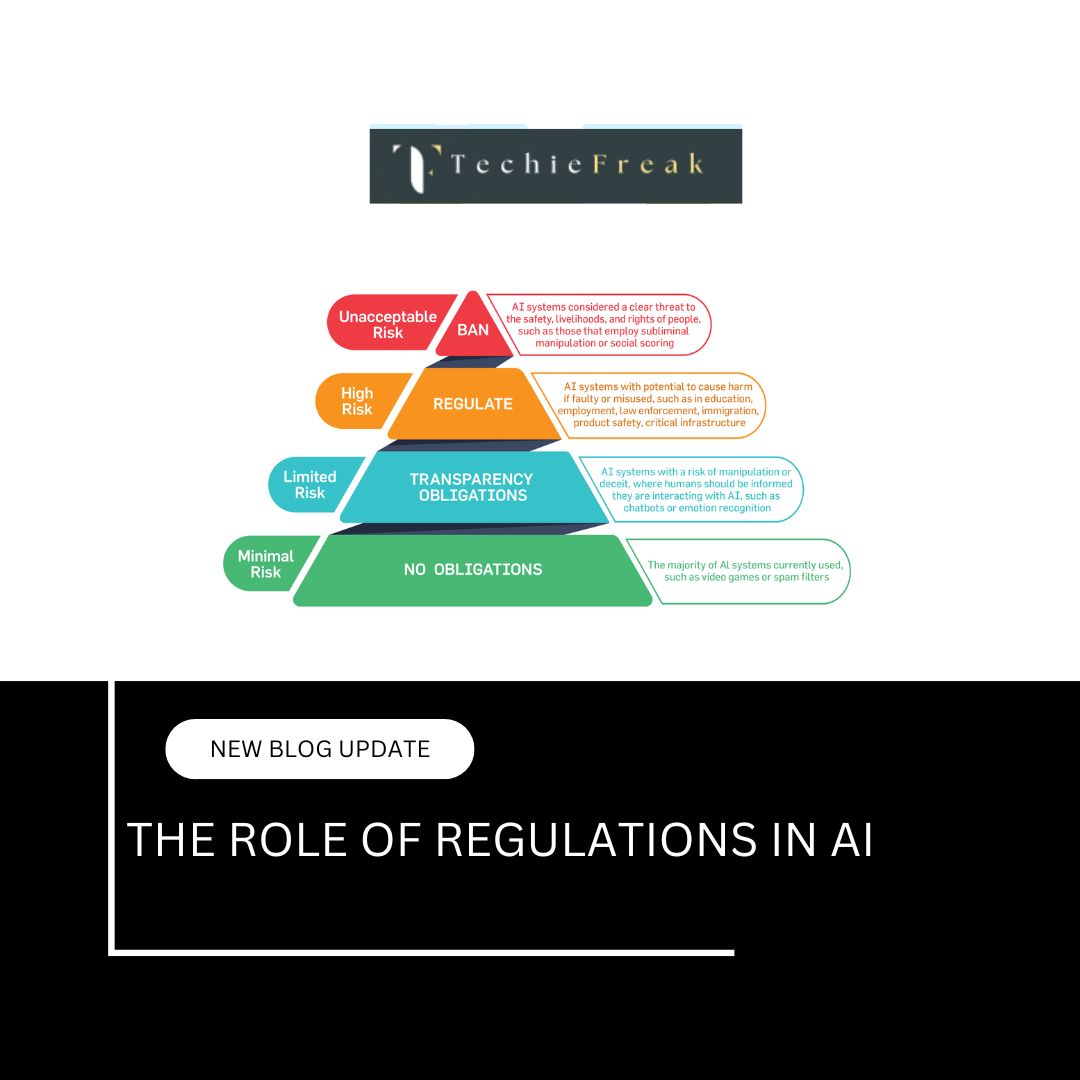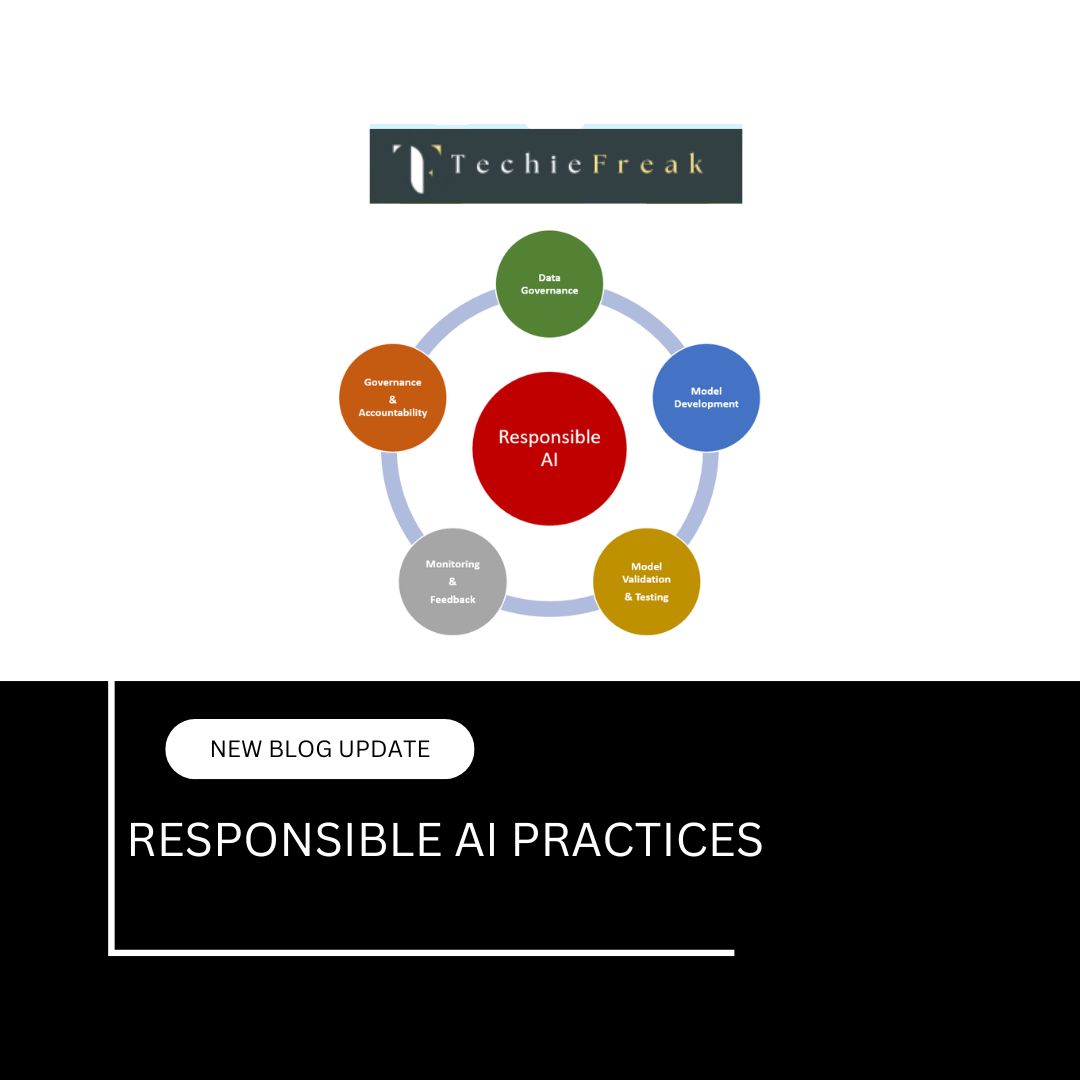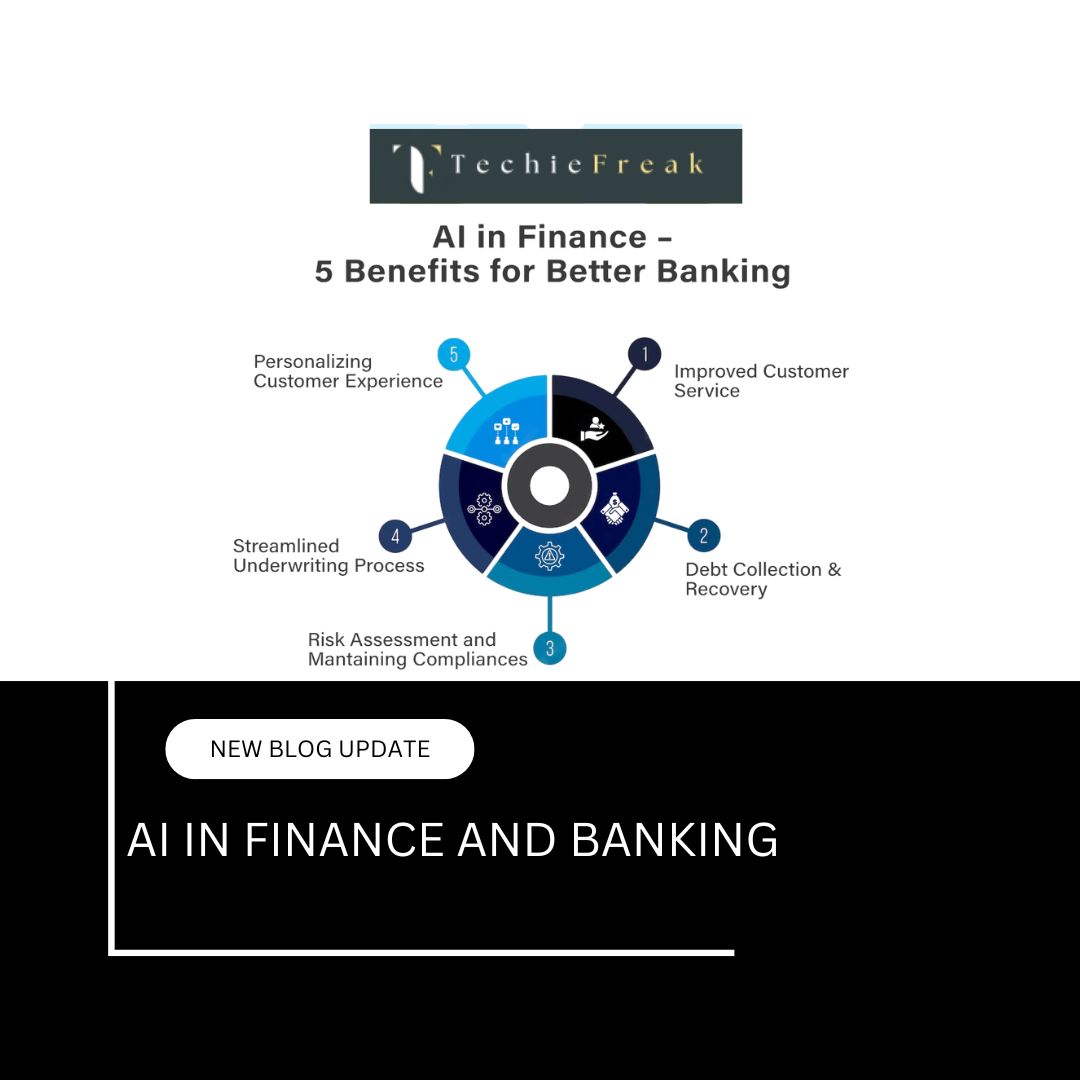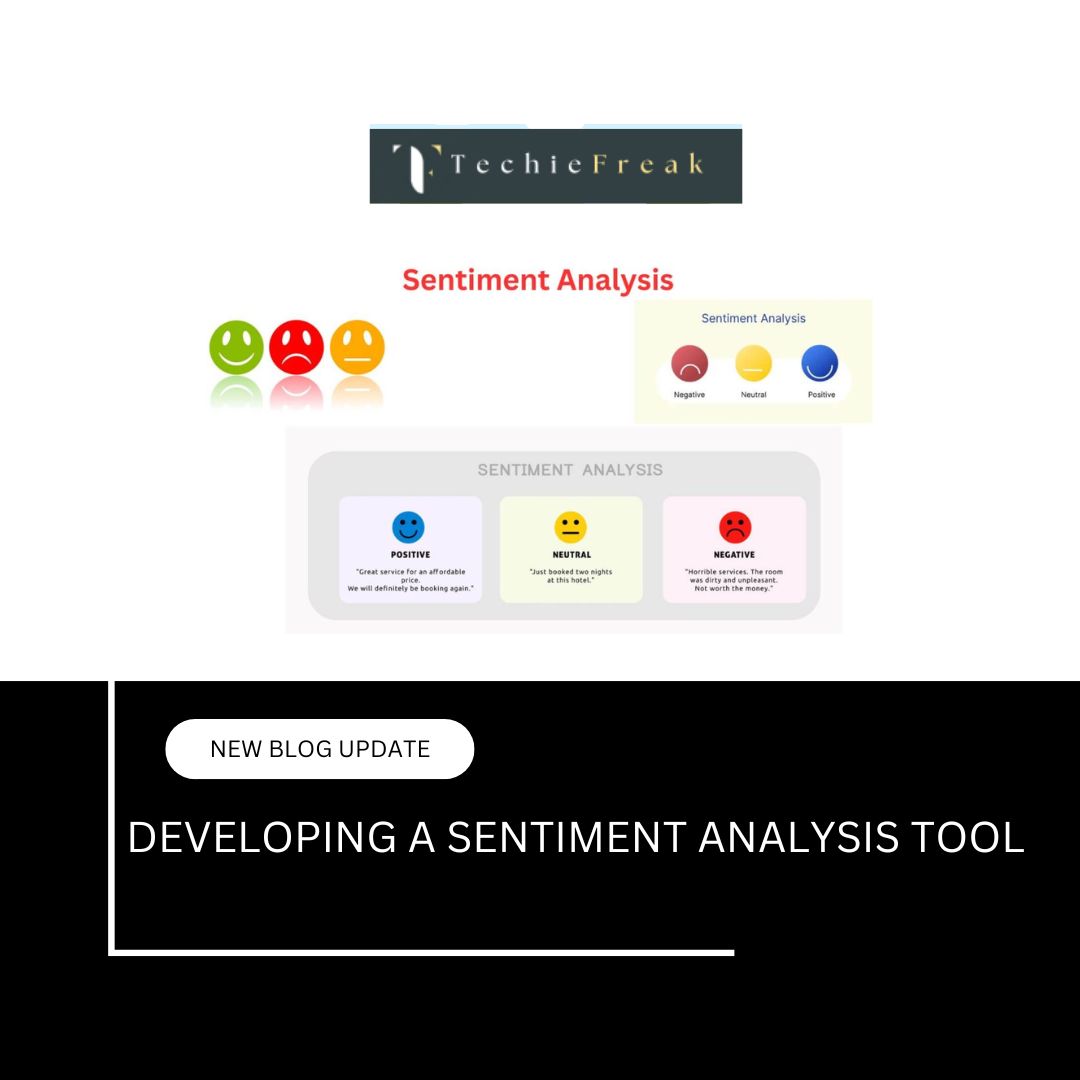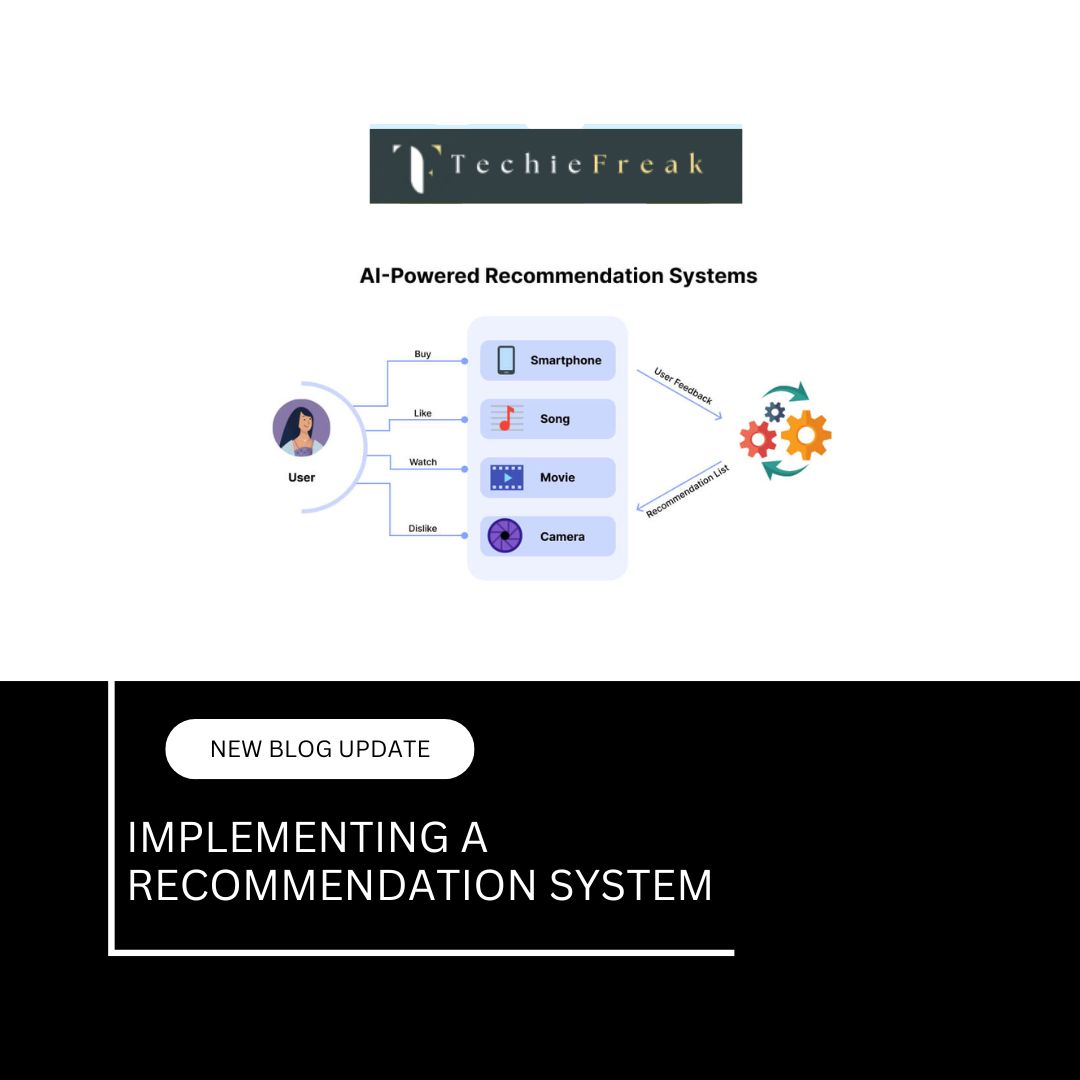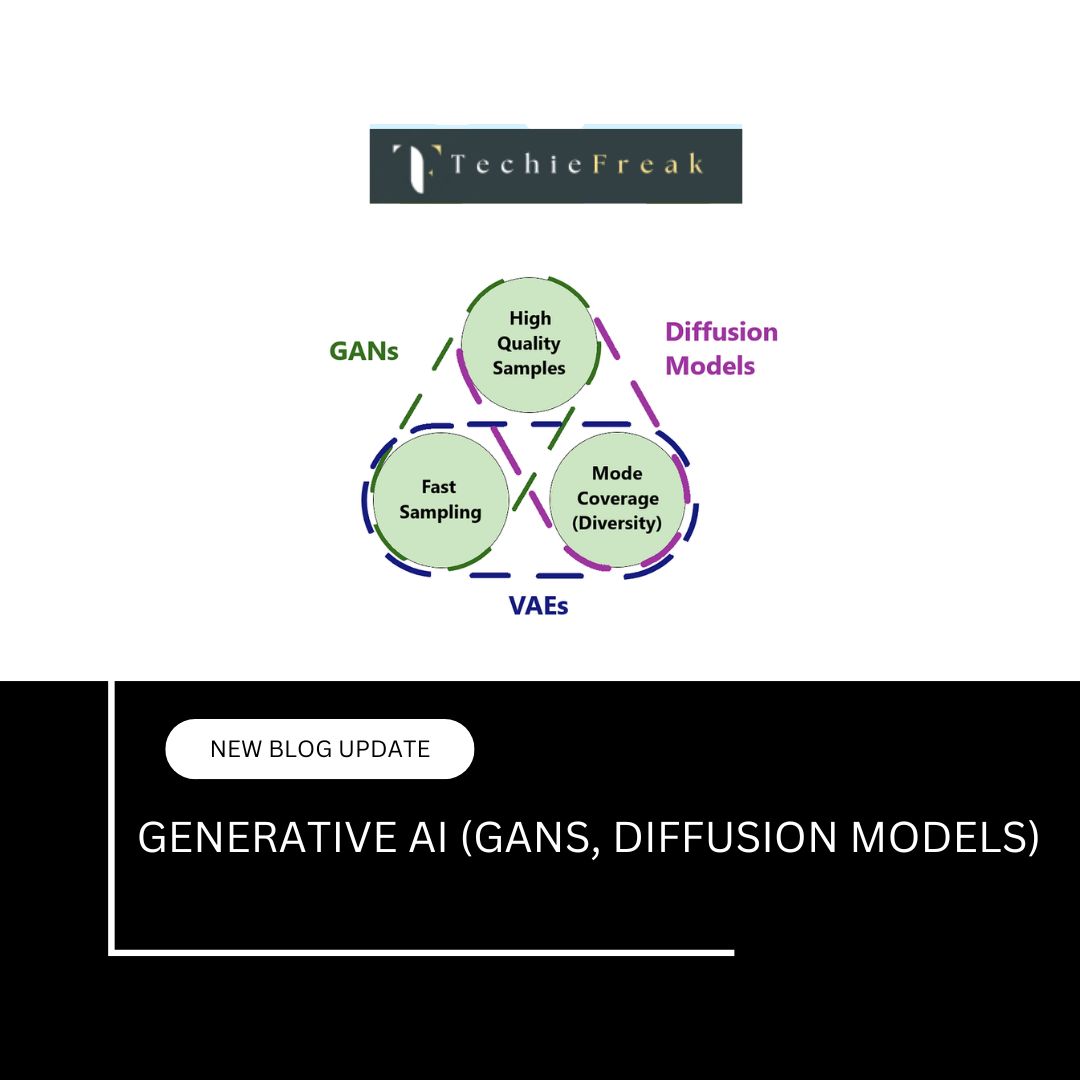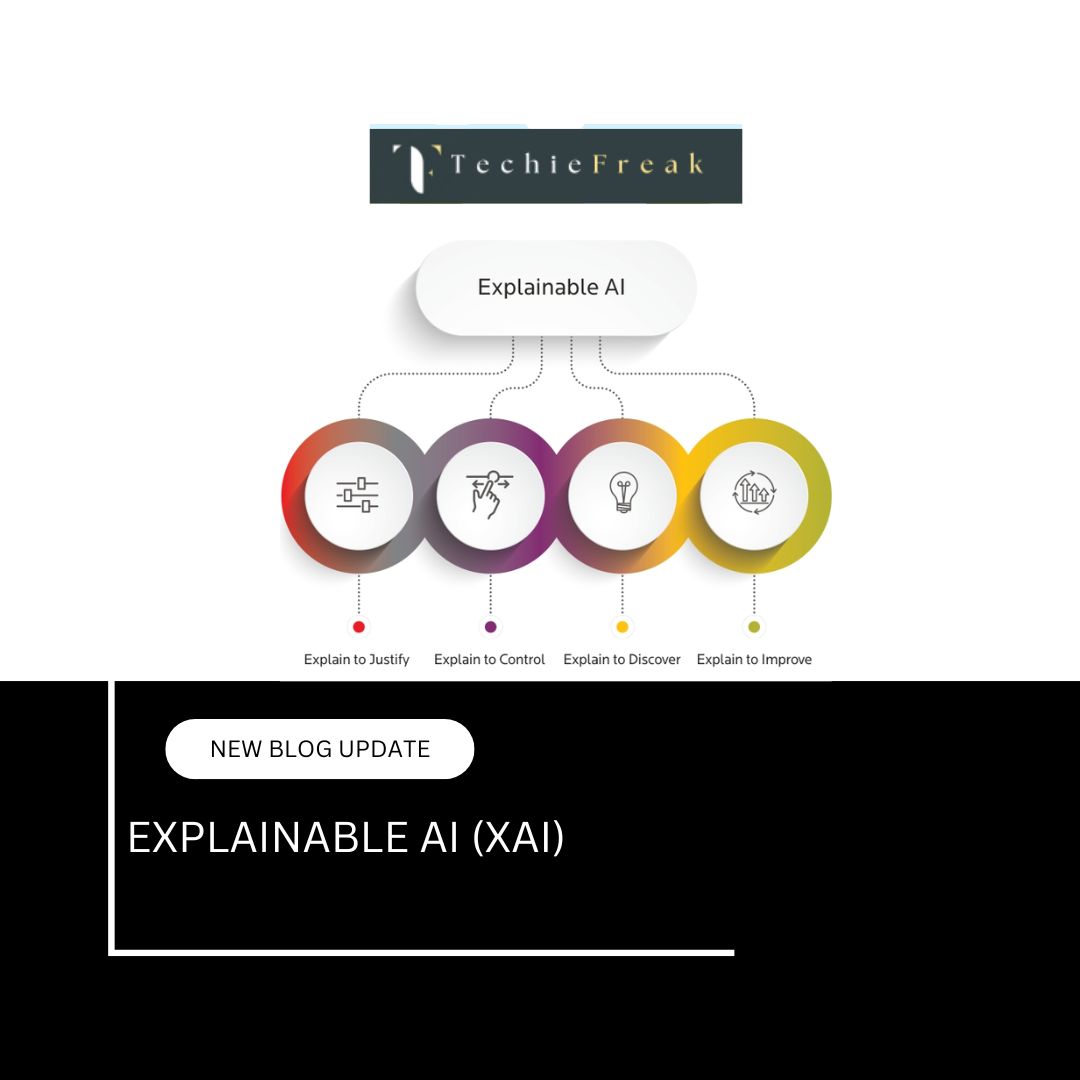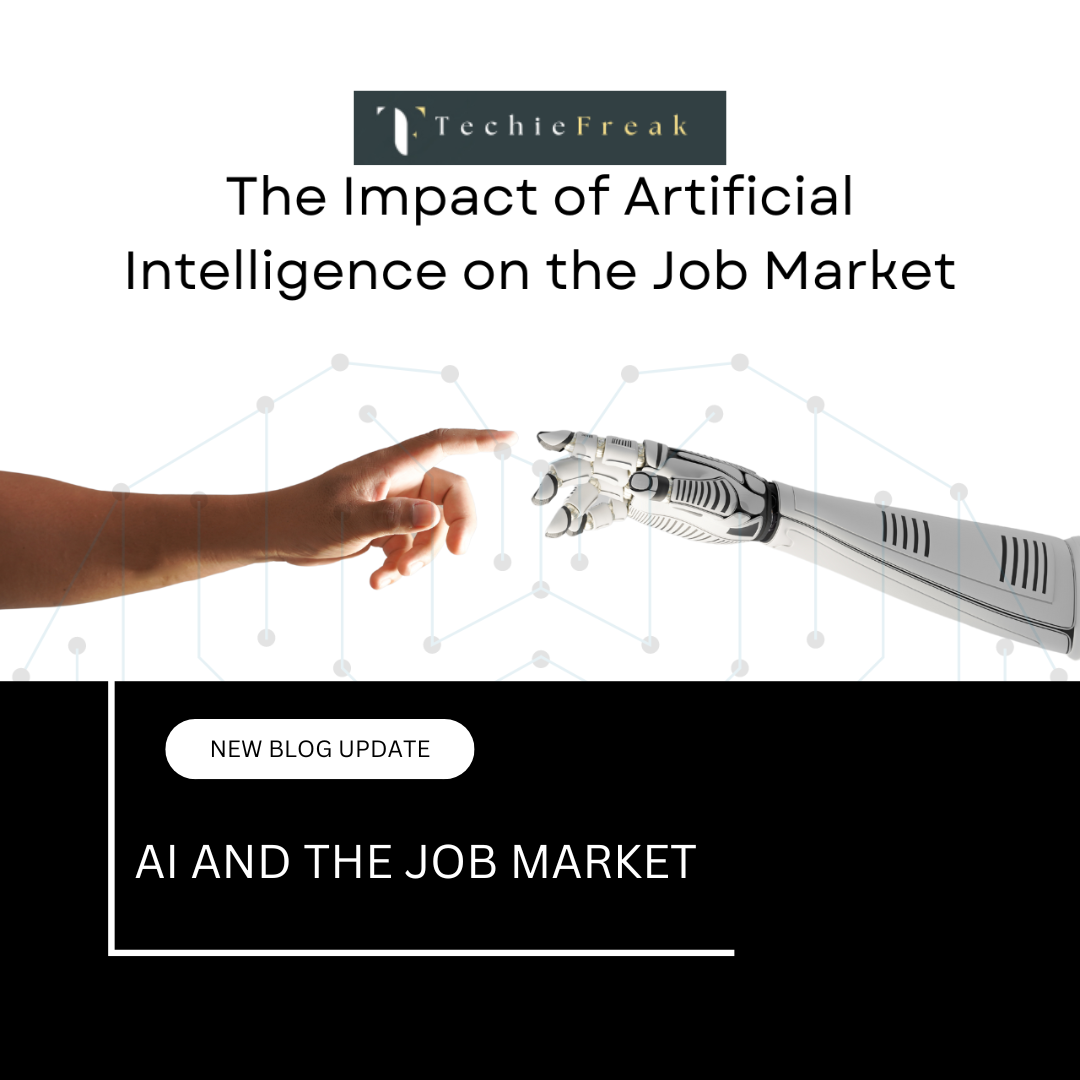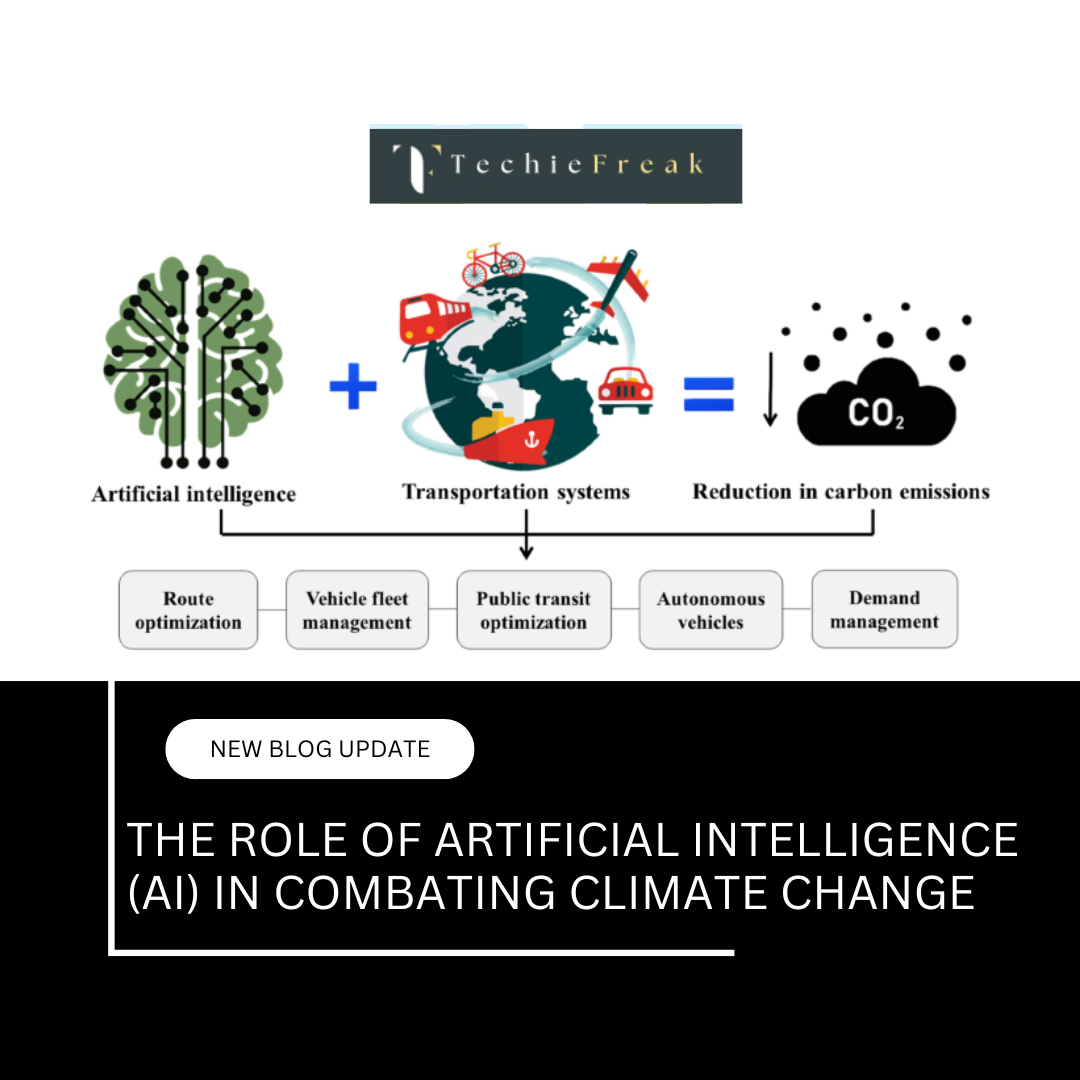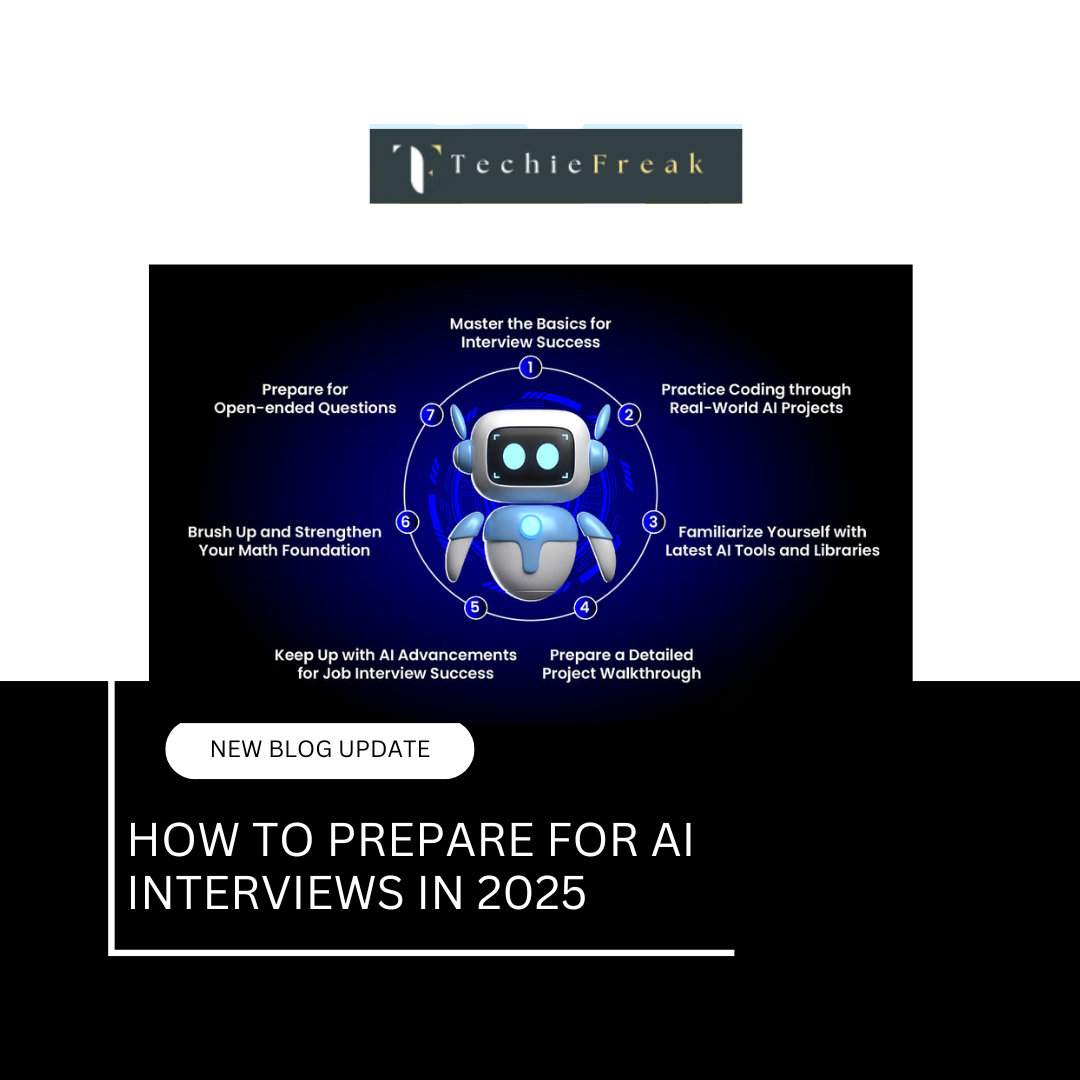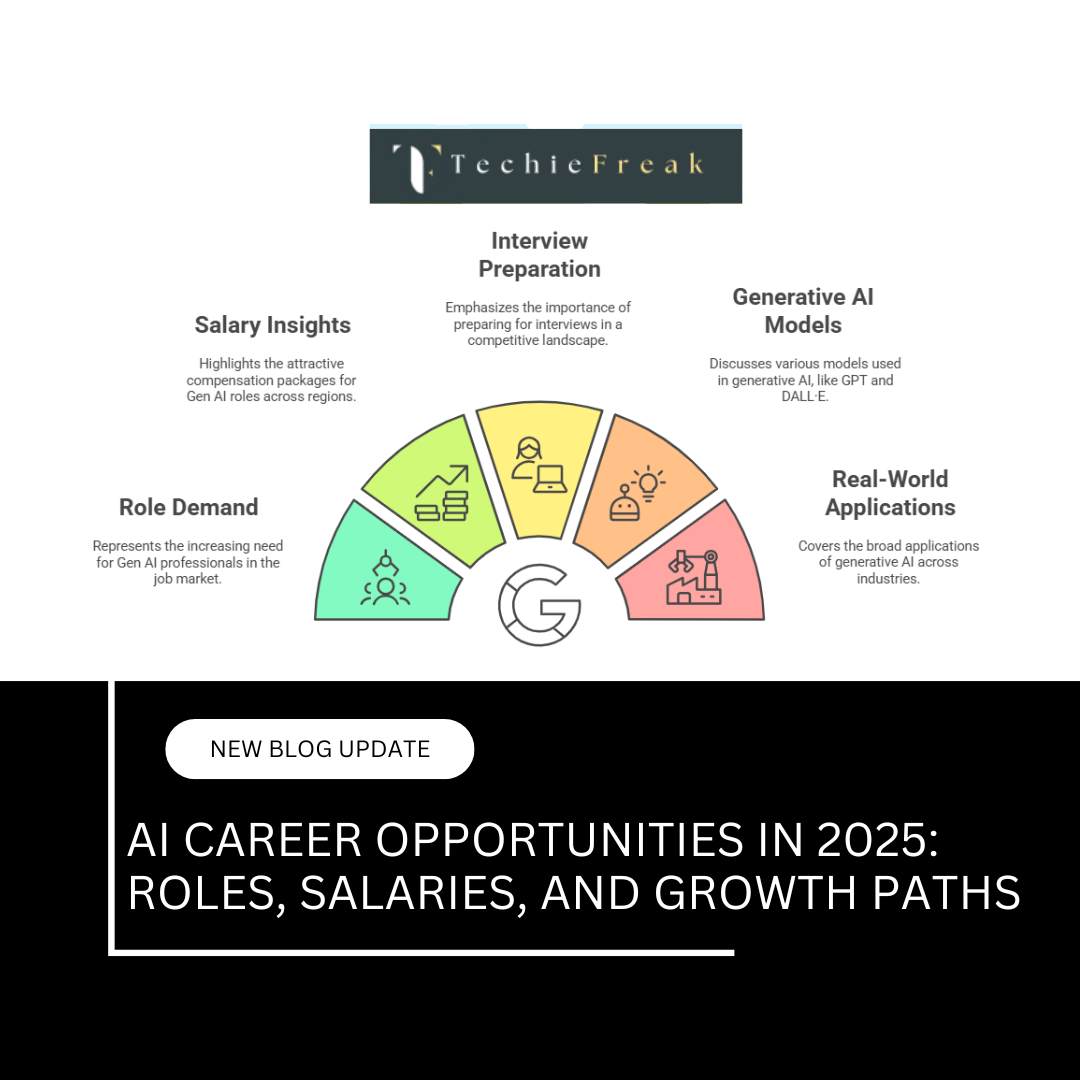Probability and Statistics: The Foundation of AI Decision-Making
The Importance of Probability in AI
Probability and statistics are foundational pillars of AI and machine learning, allowing models to make predictions, manage uncertainty, and analyze patterns in data. From autonomous driving to spam filtering, probabilistic methods help AI systems make informed decisions based on likelihoods rather than fixed rules.
Why Probability is Essential in AI
1. Handling Uncertainty in AI Models
AI must often make decisions based on imperfect data. Probability provides a way to quantify uncertainty and make the best possible choice based on available information.
Example: Self-Driving Cars
A self-driving car detects an object on the road but isn't sure what it is. It assigns probabilities to different possibilities:
- Pedestrian: 70%
- Another Vehicle: 25%
- Shadow or Debris: 5%
Based on these probabilities, the car makes a safe decision, such as slowing down or stopping if there's a high chance of a pedestrian crossing.
Example: Chatbots and Virtual Assistants
AI-powered chatbots use probability to determine the most relevant response. For example, if a user types:
"Tell me about the weather,"
the chatbot assigns probabilities to possible intents:
- Weather forecast request: 80%
- Casual conversation: 15%
- Unrelated query: 5%
It then selects the most probable response, improving user experience.
2. Bayesian Inference in AI
Bayesian statistics updates predictions as new data arrives, making AI models adaptive and self-learning.
Formula:

Where:
- P(A∣B) is the probability of event A occurring given that B has occurred.
- P(B∣A) is the probability of event B occurring if A is true.
- P(A) and P(B) are the independent probabilities of A and B.
Application in AI:
- Spam detection: AI models classify emails as spam or not spam using Bayesian filtering based on words and sender history.
- Medical diagnosis: AI estimates the probability of a disease based on symptoms and previous patient records.
Understanding Statistical Measures in AI
1. Mean (Average) – The Central Value
Formula:

Where:
- μ = mean,
- xi = individual data points,
- n = total number of data points.
Application in AI:
Feature Engineering: AI models normalize data by subtracting the mean.
Predictive Analytics: AI uses the mean to estimate average customer spending, stock prices, or weather conditions.
Practical Example in Python:
import numpy as np
data = [10, 20, 30, 40, 50]
mean_value = np.mean(data)
print("Mean:", mean_value)
Output:
Mean: 30.0
2. Variance – Measuring Data Dispersion
Formula:

Where:
- σ2 = variance,
- xi = each data point,
- μ = mean,
- n = total data points.
Application in AI:
Anomaly Detection: AI models identify fraudulent transactions when a data point deviates significantly from the mean.
Optimizing Machine Learning Models: High variance can cause overfitting, meaning the model memorizes the training data rather than generalizing.
Practical Example in Python:
variance_value = np.var(data)
print("Variance:", variance_value)
Output:
Variance: 200.0
3. Standard Deviation – Understanding Data Spread
Formula:

Where:
- σ= standard deviation,
- σ2 = variance.
Application in AI:
Feature Scaling: Many AI models require data to be standardized (mean = 0, variance = 1) for better performance.
Stock Market Analysis: AI models use standard deviation to measure market volatility.
Practical Example in Python:
std_dev_value = np.std(data)
print("Standard Deviation:", std_dev_value)
Output:
Standard Deviation: 14.14
How Probability Helps AI Decision-Making
1. Probabilistic Machine Learning Models
Many AI models rely on probability distributions to make predictions.
Naïve Bayes Classifier: Used in spam detection, sentiment analysis, and medical diagnosis.
Hidden Markov Models: Used in speech recognition, stock prediction, and language modeling.
Gaussian Mixture Models (GMMs): Used in image segmentation and anomaly detection.
Example – Spam Detection using Probability
A spam filter calculates:
P(spam∣word)
to determine whether an email is spam based on the probability of certain words appearing in spam emails.
2. Probabilistic AI in Real-World Applications
Autonomous Vehicles (Self-Driving Cars)
Self-driving cars rely on probability to navigate safely:
- Bayesian Probability: Predicts pedestrian movement based on past behavior and real-time sensor data.
- Hidden Markov Models: Processes sensor data to identify obstacles, lane changes, and road signs.
Example – Pedestrian Prediction
A self-driving car calculates:

This helps determine whether a pedestrian is likely to cross, allowing the AI to adjust speed or stop.
Medical Diagnosis
AI systems use probability to improve diagnostic accuracy:
- Probabilistic Models: Detect diseases based on symptoms and medical test results.
- Standard Deviation: Measures abnormal variations in test reports to flag possible health risks.
Example – Disease Detection
If a patient has symptoms S1, S2, and S3, the AI calculates:

This helps doctors assess the likelihood of different conditions.
Financial Risk Assessment
Banks and financial institutions use AI-powered probability models to manage risks:
- Market Predictions: AI models predict stock market fluctuations using variance and probability.
- Credit Scoring: Uses probabilistic estimates to assess loan risks based on past borrower behavior.
Example – Loan Risk Prediction
A bank's AI calculates:

This helps lenders decide whether to approve or reject a loan application.
Real-World Applications of Probability in AI Models
Probability and statistics are embedded in various AI applications:
- Spam Filtering: Bayesian probability models classify emails as spam or non-spam.
- Recommendation Systems: Probabilistic models predict user preferences based on past behavior.
- Autonomous Vehicles: AI uses probabilistic reasoning to make safe driving decisions under uncertainty.
- Medical Diagnosis: Statistical models assess disease probabilities based on symptoms and medical history.
Key Takeaways: Probability and Statistics in AI Decision-Making
- Probability and Statistics Form AI’s Core
- AI relies on probabilistic methods to handle uncertainty, make predictions, and analyze patterns.
- Handling Uncertainty in AI
- Probability helps AI make informed decisions with incomplete or uncertain data, as seen in self-driving cars and chatbots.
- Bayesian Inference Enhances AI Learning
- Bayesian models update predictions based on new data, improving applications like spam detection and medical diagnosis.
- Statistical Measures Aid AI Performance
- Mean: Central value used for normalization and predictions.
- Variance: Measures data dispersion, crucial for anomaly detection and model optimization.
- Standard Deviation: Helps in feature scaling and market volatility analysis.
- Probabilistic Machine Learning Models
- Naïve Bayes, Hidden Markov Models, and Gaussian Mixture Models power AI applications like spam detection, speech recognition, and anomaly detection.
- Real-World AI Applications of Probability
- Self-Driving Cars: Predict pedestrian movement and identify obstacles using Bayesian probability and Markov models.
- Medical Diagnosis: Estimate disease probabilities using probabilistic models.
- Financial Risk Assessment: Evaluate credit risk and stock market predictions with probability-based models.
- Broad AI Applications Using Probability
- Spam filtering: Classifies emails based on word probabilities.
- Recommendation systems: Predicts user preferences using past behavior.
- Autonomous vehicles: Makes driving decisions under uncertainty.
- Medical AI: Assesses disease likelihood from symptoms and patient history.
By leveraging probability and statistics, AI systems can make smarter, more data-driven decisions in complex environments.
.png)


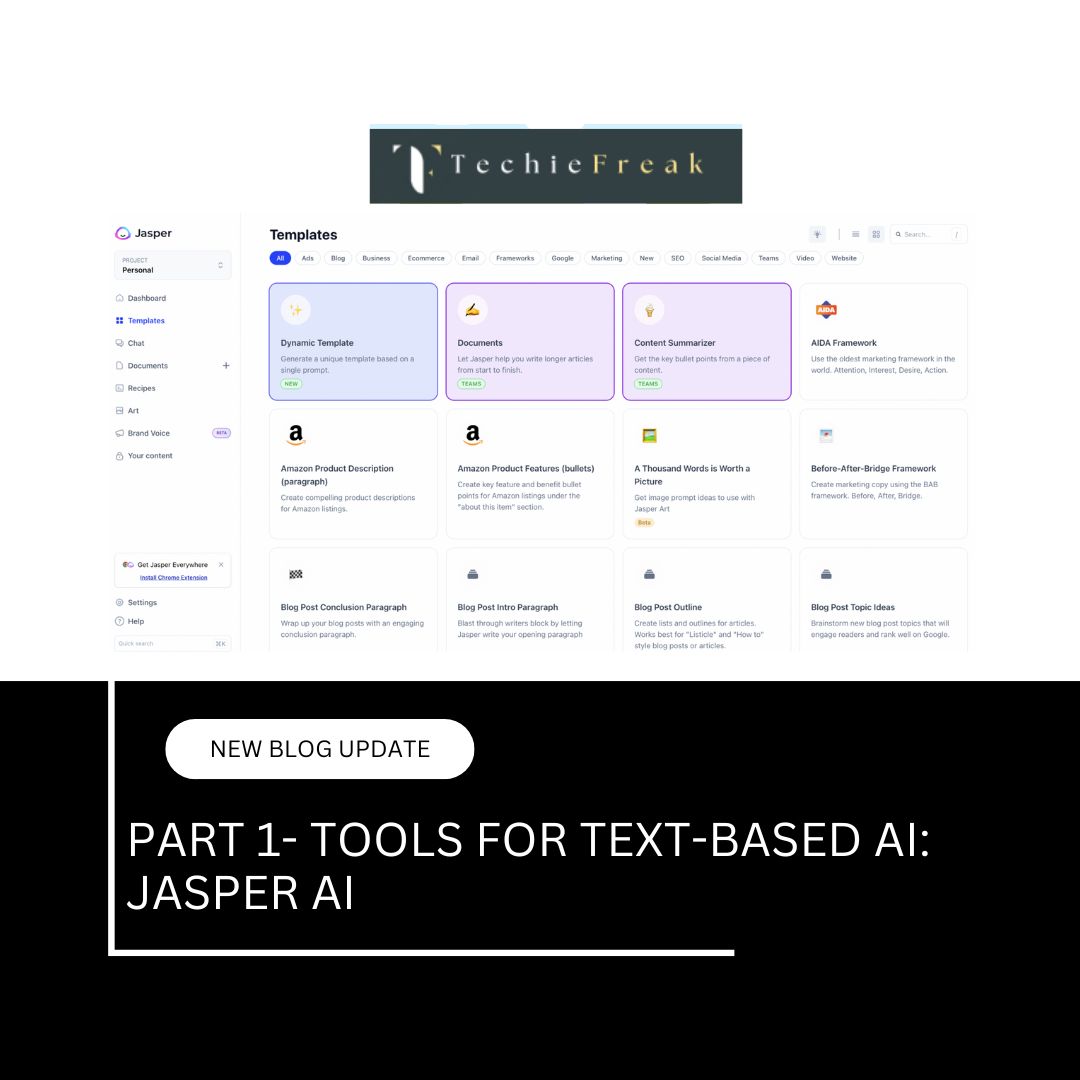



.jpg)




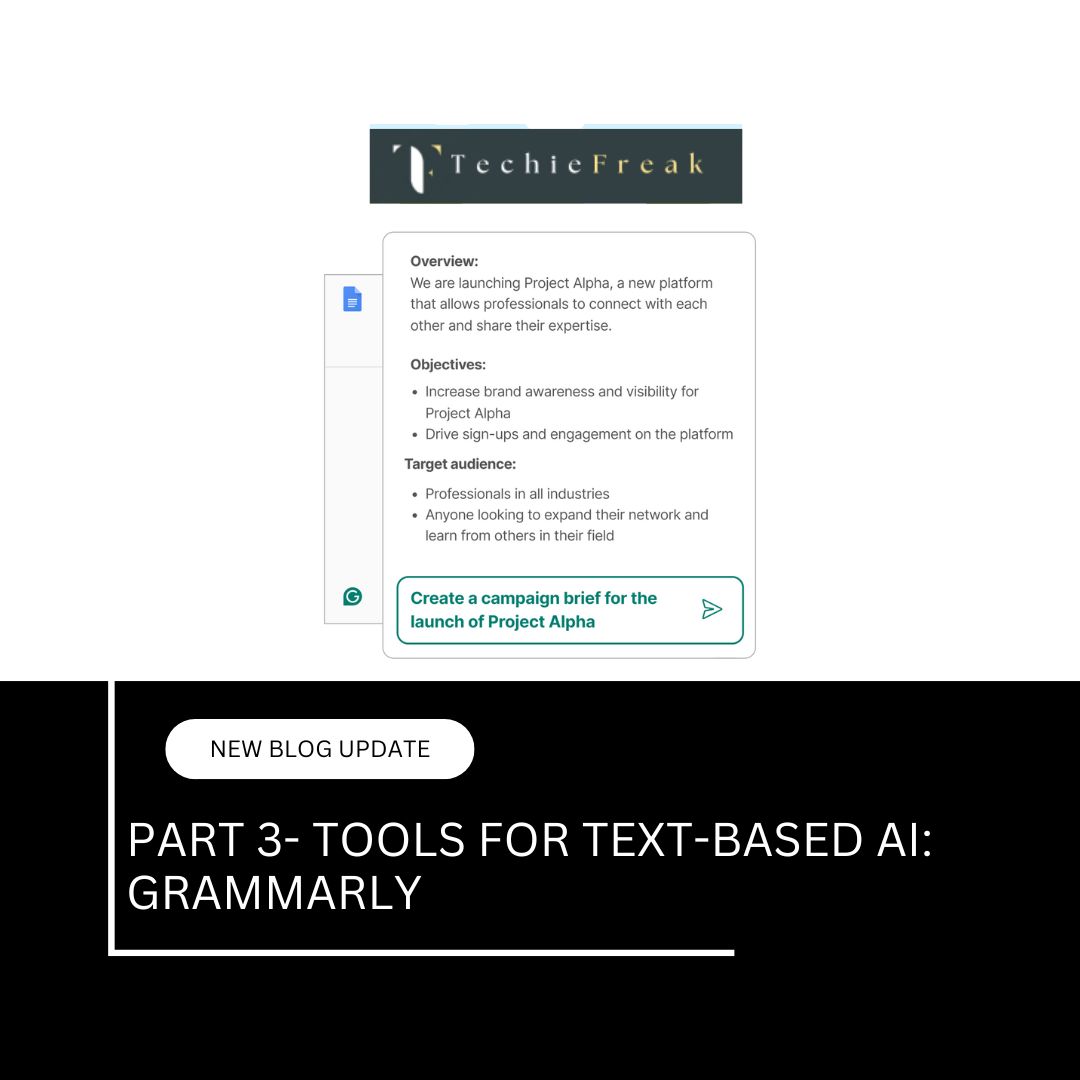
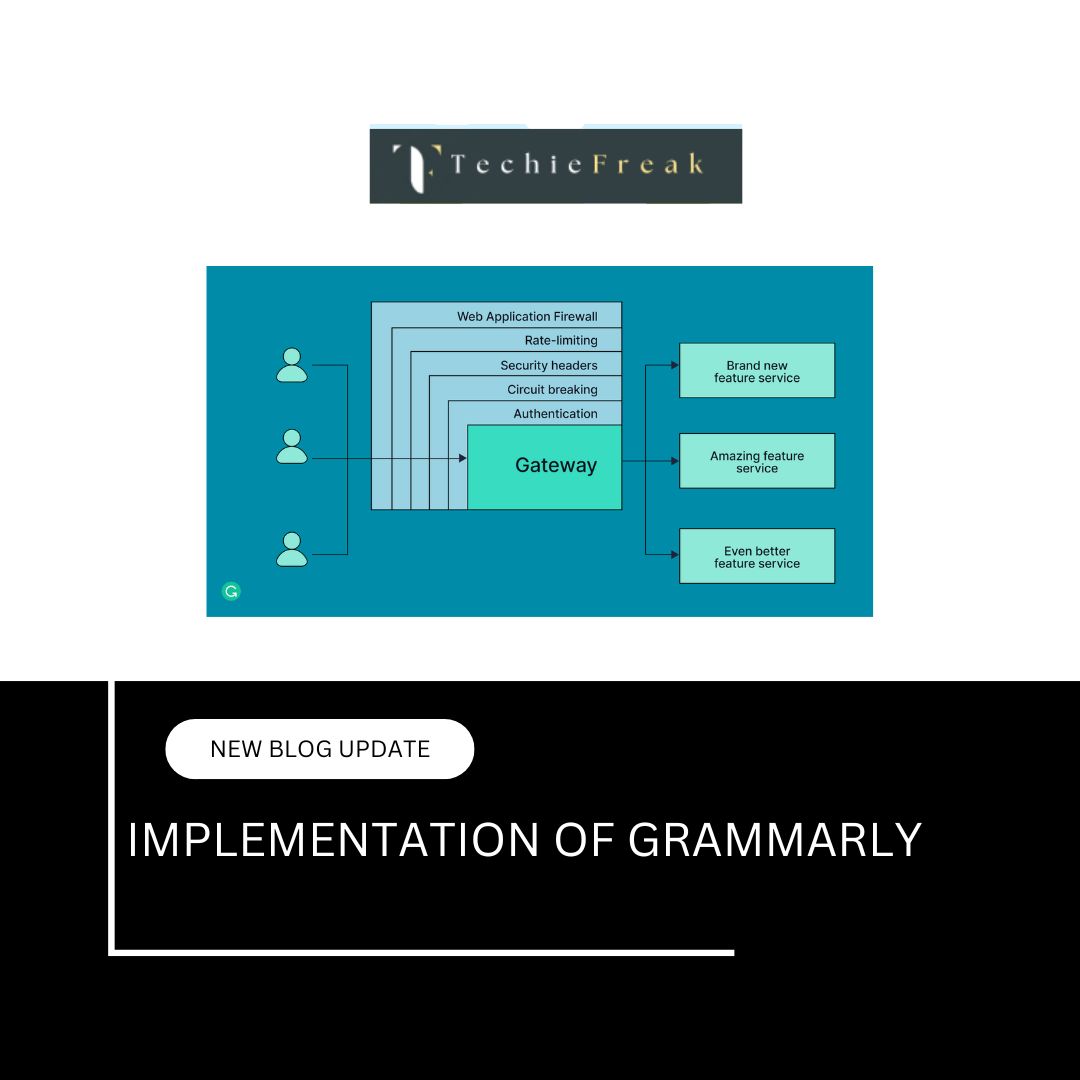







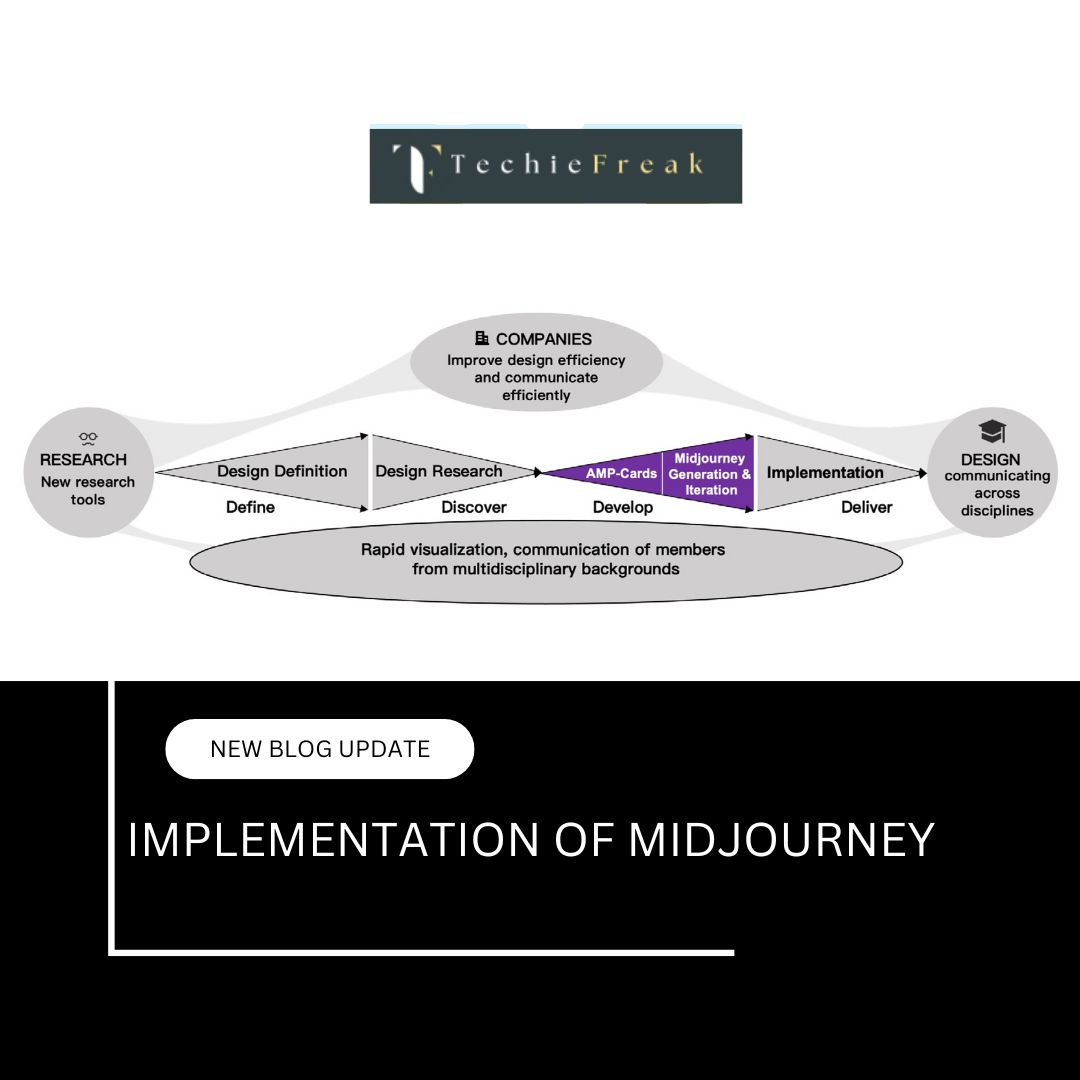
.jpg)


.png)
.png)
.png)
.png)
.png)
.png)
.png)
.png)
.png)
.png)
.png)
.png)
.png)
.png)
.png)
.png)
.png)
.png)
.png)
.png)
.png)
.png)
.png)
.png)
.png)
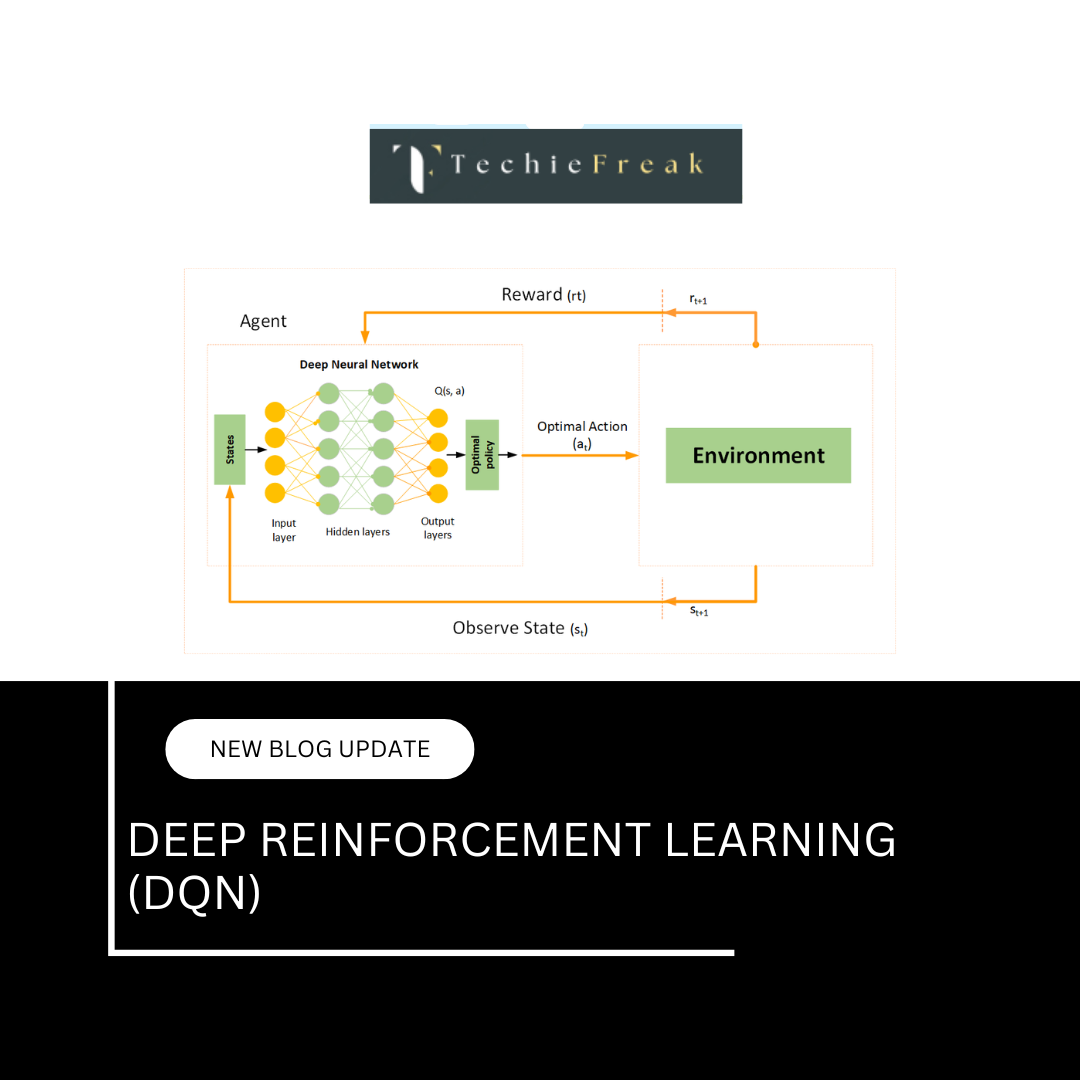
.png)
.png)
.png)
.png)
.png)
.png)

.png)




